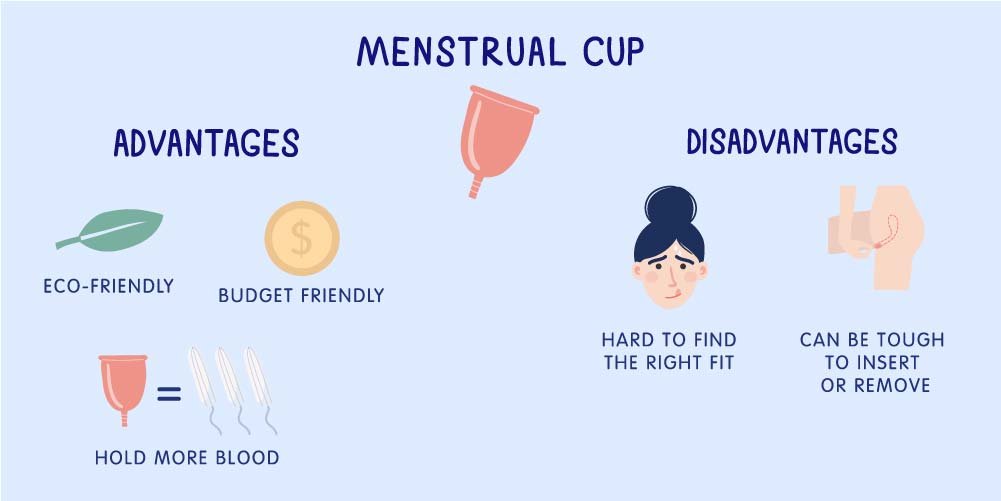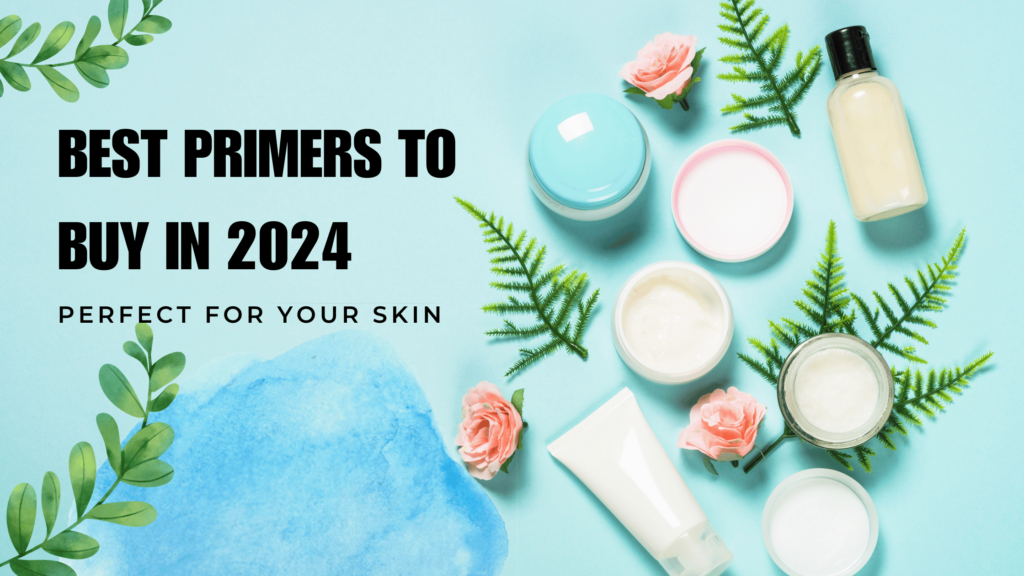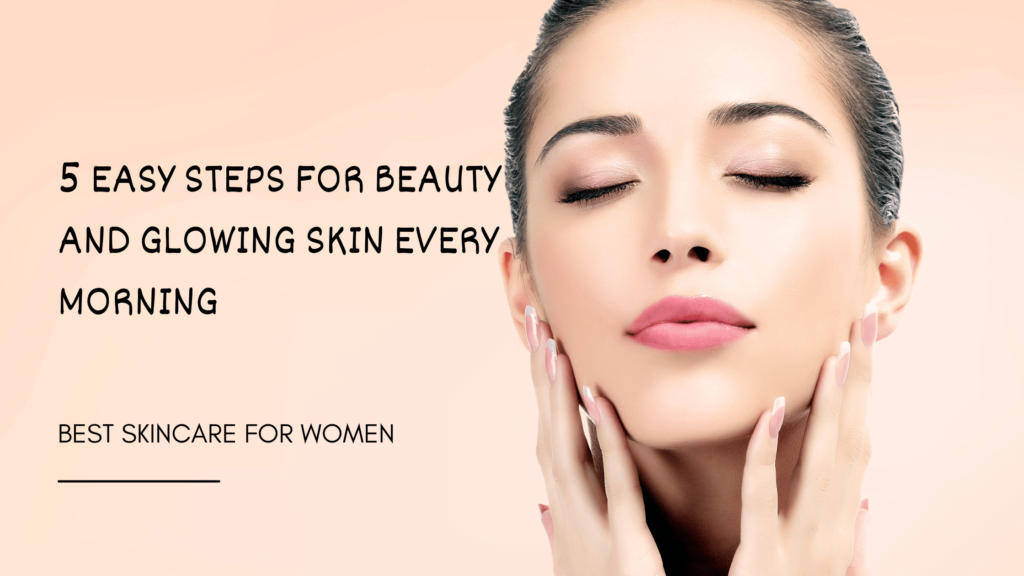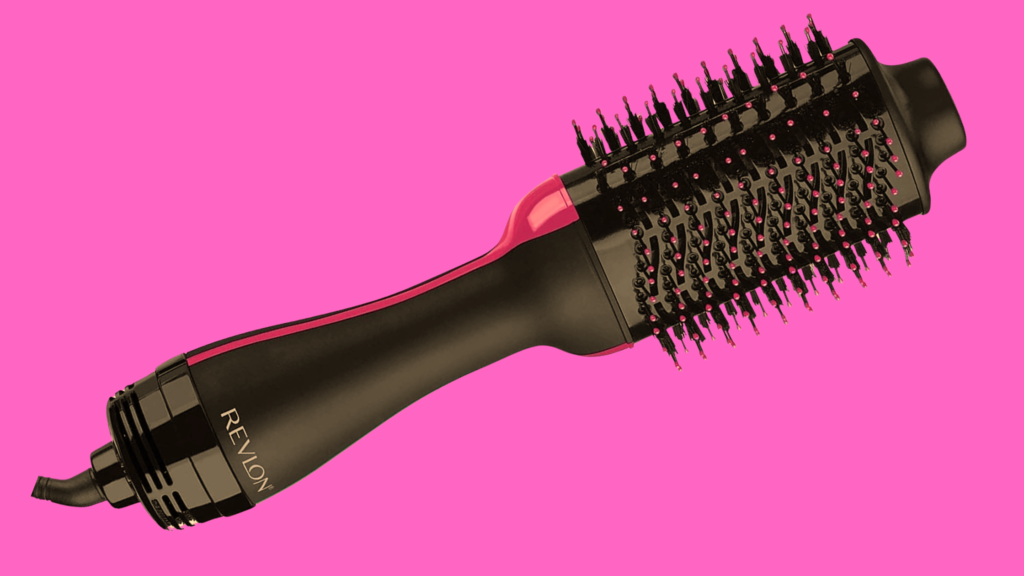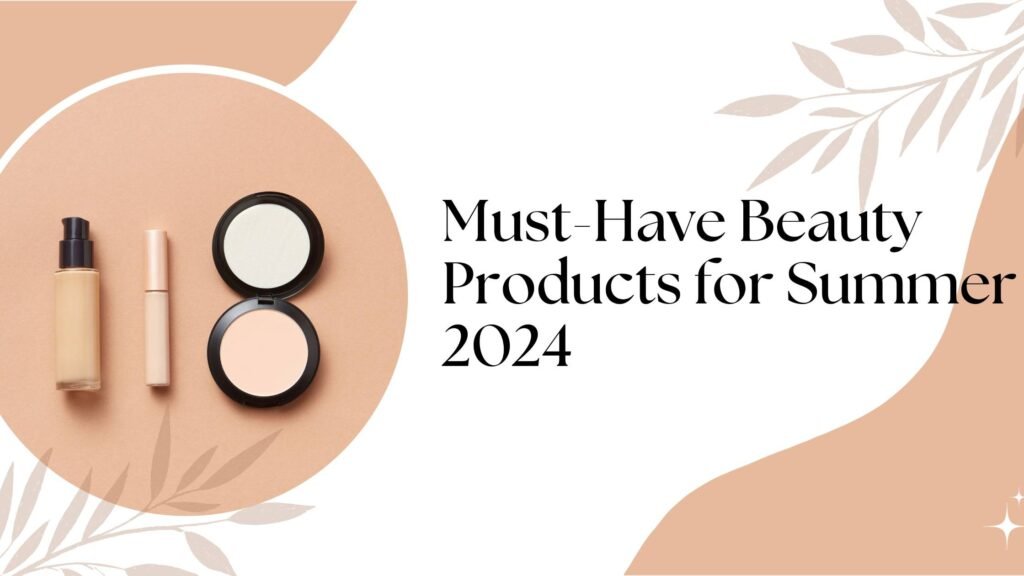In recent years, there has been a significant change in the way people approach feminine hygiene products. Traditional options like pads and tampons are facing competition from a more durable and cost-effective alternative: menstrual cups. These small, bell-shaped devices are gaining popularity among women of all ages for a number of reasons. In this comprehensive review, we’ll examine why menstrual cups are taking over the market and explore their pros, cons, and everything in between.
The Rise of Menstrual Cups
First introduced in the 1930s, menstrual cups were initially met with skepticism and limited acceptance. However, with growing concerns about environmental sustainability and the desire for a more comfortable and convenient period solution, menstrual cups have seen a resurgence in popularity. Today, they are accepted by women worldwide as a practical and eco-friendly alternative to traditional menstrual products.
Benefits of Menstrual Cups
One of the primary reasons menstrual cups are gaining traction is their eco-friendliness. Unlike pads and tampons, which contribute to environmental waste, menstrual cups are reusable and can last for several years with proper care. They are an affordable choice for women because they not only minimize waste but also save money over time.
Moreover, menstrual cups offer unparalleled convenience and comfort. Made from medical-grade silicone or rubber, they are flexible, hypoallergenic, and free from harmful chemicals often found in disposable products. Once inserted, a menstrual cup forms a seal with the vaginal walls, preventing leaks and allowing for hassle-free movement during physical activities, including swimming and exercising.
Another advantage of menstrual cups is their extended wear time. Unlike tampons, which need to be changed every few hours, menstrual cups can be worn for up to 12 hours, providing all-day protection without the need for frequent changes. This makes them ideal for women with busy lifestyles or those who prefer uninterrupted sleep during their period.
Drawbacks and Considerations
While menstrual cups offer numerous benefits, they may not be suitable for everyone. Some women may find the insertion and removal process intimidating or uncomfortable, especially during their initial use. However, with practice and patience, most women can quickly adapt to using menstrual cups.
Additionally, proper hygiene and maintenance are essential when using menstrual cups to prevent the risk of infections. Users should follow the manufacturer’s instructions for cleaning and sterilizing their cup between uses to ensure optimal safety and effectiveness.
It’s also important to note that finding the right fit and size may require some trial and error. Many menstrual cup brands offer multiple sizes to accommodate variations in vaginal anatomy and flow. Women may need to experiment with different sizes and shapes to find the one that works best for them.
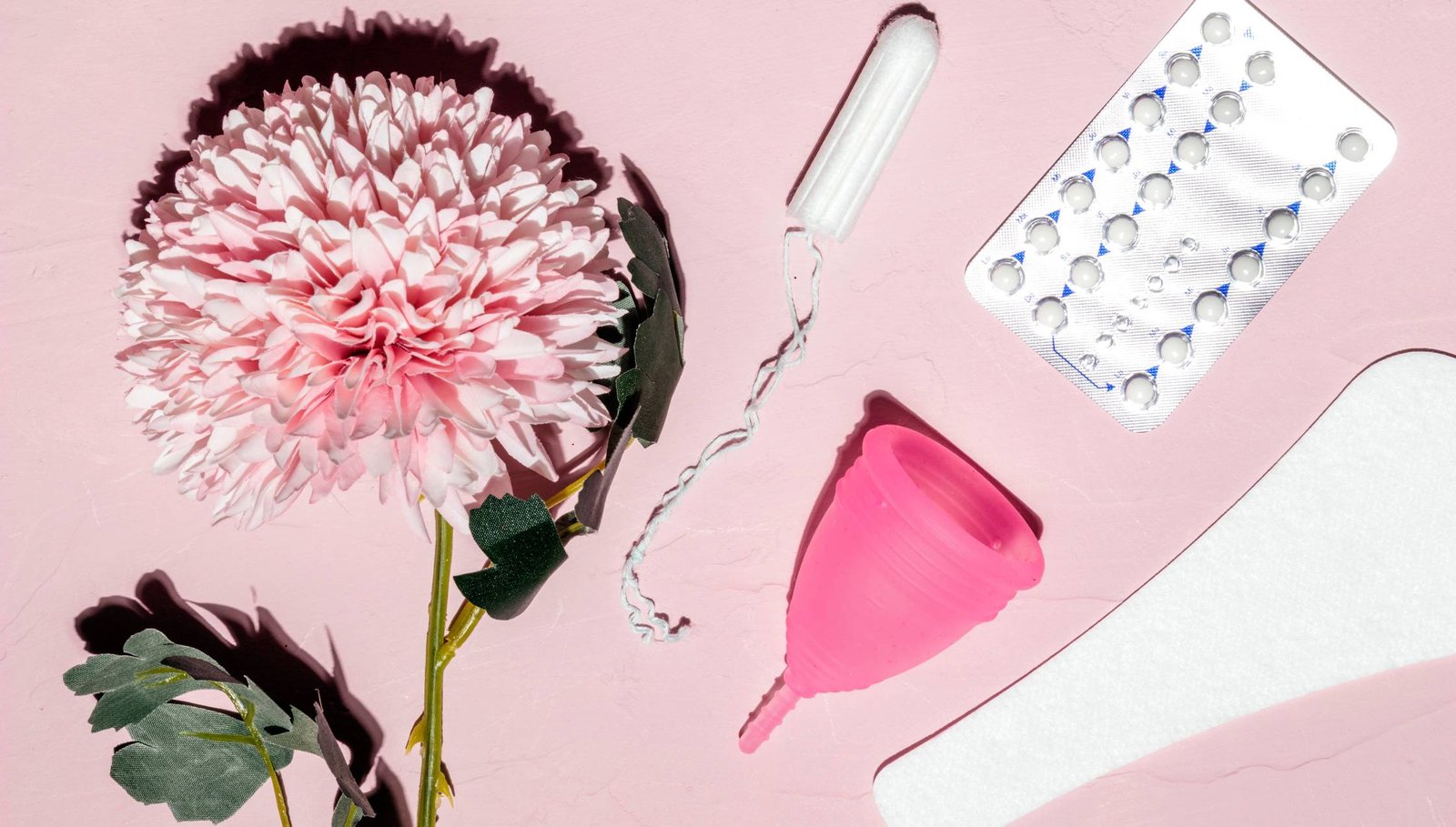
Conclusion
In conclusion, menstrual cups are revolutionizing the way women experience their periods. With their eco-friendly design, comfort, and cost-effectiveness, they offer a compelling alternative to traditional menstrual products. While they may not be suitable for everyone, the benefits of menstrual cups outweigh the drawbacks for many women, making them a popular choice for sustainable and hassle-free period management. As awareness and acceptance continue to grow, it’s clear that menstrual cups are here to stay and are indeed taking over the market as the ultimate period solution.
FAQs:
1. How do menstrual cups work?
• Menstrual cups are inserted into the vagina to collect menstrual fluid rather than absorb it like pads or tampons. They create a seal against the vaginal walls to prevent leaks and can be emptied and reinserted as needed.
2. Are menstrual cups safe to use?
• Yes, menstrual cups are generally considered safe when used correctly. They are made from medical-grade silicone or rubber, which is hypoallergenic and free from harmful chemicals. However, it’s essential to follow proper hygiene practices and consult with a healthcare professional if you have any concerns.
3. How do I clean and sterilize a menstrual cup?
• Menstrual cups should be washed with mild soap and warm water between uses. To sterilize them, they can be boiled in water for a few minutes at the beginning and end of each menstrual cycle. Avoid using harsh chemicals or cleaning agents, as they may damage the cup.
4. Can I swim or exercise with a menstrual cup?
• Yes, one of the advantages of menstrual cups is that they can be worn during physical activities like swimming and exercising. They create a secure seal against the vaginal walls, preventing leaks even during vigorous movement.
5. How often should I empty my menstrual cup?
• Menstrual cups can typically be worn for up to 12 hours before needing to be emptied. However, this may vary depending on your flow. Some women may need to empty their cup more frequently, especially on heavier days.
6. Will using a menstrual cup affect my virginity?
• No, using a menstrual cup does not affect virginity. The hymen, which is sometimes associated with virginity, can stretch or tear for various reasons unrelated to sexual activity, including using menstrual cups.
7. Can I use a menstrual cup if I have an IUD?
• It’s generally safe to use a menstrual cup with an IUD, but it’s essential to be cautious during insertion and removal to avoid accidentally dislodging the IUD strings. Consult with your healthcare provider for personalized advice.
8. Are menstrual cups uncomfortable to wear?
• While some women may experience initial discomfort or difficulty with insertion, most find that menstrual cups are comfortable to wear once properly positioned. It may take some practice to find the right technique and fit for your body.
9. Can I use a menstrual cup if I have a heavy flow?
• Yes, menstrual cups are suitable for women with heavy flows. Many cups have a higher capacity than tampons and pads, making them an excellent option for managing heavy periods.
10. How do I choose the right size and shape of a menstrual cup?
• Menstrual cups come in various sizes and shapes to accommodate different vaginal anatomies and flow levels. Factors to consider include age, childbirth history, and flow intensity. It may take some experimentation to find the perfect fit for your needs.

